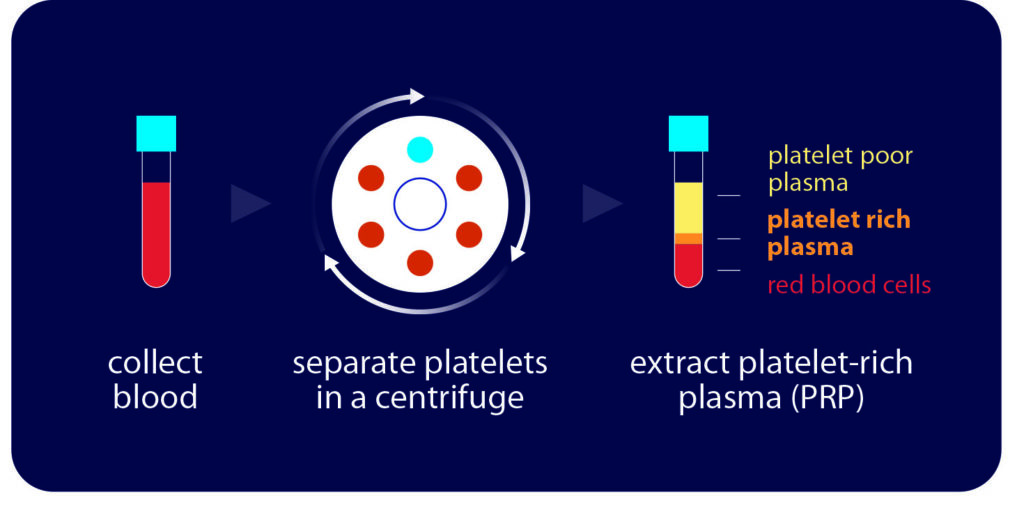Articles by Laxmaiah Manchikanti, MD
and Mahendra Sanapati, MD

What is Regenerative Medicine?
Regenerative medicine broadly describes an innovative medical therapy that will enable the body to repair, replace, restore, and regenerate damaged or diseased cells, tissues, and organs. Regenerative medicine represents a new paradigm in human health because the vast majority of treatments for chronic and life-threatening diseases focus on treating the symptoms, not curing the disease. Regenerative medicine is mainly based on cellular therapies which amplify our natural healing process in the place it is needed most, or take over function of a permanently damaged organ.
Regenerative medicine is a new field, specifically in managing chronic pain. Regenerative medicine with stem cell therapy is much advanced in other areas. The developments in chronic pain management include the use of platelet rich plasma, or PRP, and adult stem cells to help build healthy discs, tendons, cartilage, ligaments, and bone.

PRP is obtained by drawing your own blood, and then spinning it in a centrifuge to separate a concentrated layer of platelets from the red blood cells. This layer of PRP from the patient’s own blood is then injected into or around the injured site. PRP contains growth factors and cells that enhance and strengthen the body’s ability to generate healthy tissue. The injection is carried out under image guidance to ensure accuracy.
The other part of regenerative medicine in chronic pain is stem cells obtained from the patient’s bone marrow or fat. Similar to PRP, stem cells are also injected into or around the injured site under image guidance.
